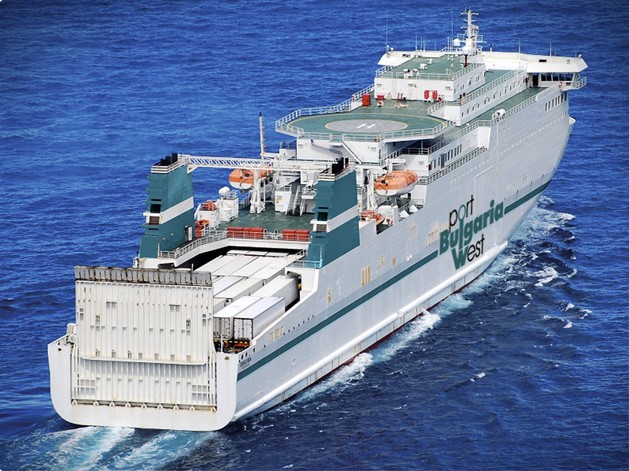Whether you have passengers on the ship for leisure or a combo of passengers and vehicles, comfortable features and top-notch facilities are essential to stay ahead of the competition in today’s market. Fast loading and unloading; flexible cargo solutions and separate as well as safe zones for passengers and cargo are important.
RoPax and RoRo ships sail on every ocean and their uses are extensive. Despite the fact that these vessels come in many shapes and sizes, the trend goes on for larger ships with better options for quick loading and unloading.
RoPax is a short form used to illustrate ships with roll-on and roll-off features for the carriage of commercial vehicles and private cars with the provision to accommodate large numbers of passengers separately, for shorter voyages. In this regard, the word “RoPax” means “passenger RoRo vessel.
As these ships contain features that are a mix of both passenger and cargo, changes in concept and size may lead to new challenges for terminal designs. When the size of the ship increases, the stress increases on both quay equipment and quays, as well as sea floor corrosion because of strong thrusters. The RoPax and RoRo vessels are predicted to flourish even more in the upcoming years.
Especially in Europe, the huge potential for this booming usage of RoPax and RoRo vessels is mainly to reduce the traffic on roads. ‘Highway at Sea’ is the only ‘highway’ in the world which has no traffic jams. Most likely, marketers are trying to give it a try in a better way.
Objectives of the Operational Team
Today’s RoRo terminals contain large spaces dedicated for storage of trailers and cars, exclusively. RoPax ships comprise both stern quarter ramps and stern ramps. For better capacity of loading an unloading vehicles, these new RoRo and RoPax vessels can also have bow and side ramps.
New terminal layouts and facilities will be needed with combined RoPax ships. In some instances, the terminal locations can also be changed to provide safety to the passengers, both for driving and walking. A big challenge for combined terminals is that they require more space.
With the increasing focus over the usage of RoPax and RoRo for numerous purposes, both on domestic and international routes will fetch new requirements for these features and facilities, with new risks. Therefore, risk assessment on the combined terminals is the prime need of the hour.
When it comes to providing safe, well-organized and cost-effective operations of the vessels, the designers, operators and owners of RoPax and RoRo terminals and infrastructure follow a set of operational rules globally. The guidance contains topics and information in addition to the existing standards. The topics covered are of great help to engineers, designers as well as operators.


